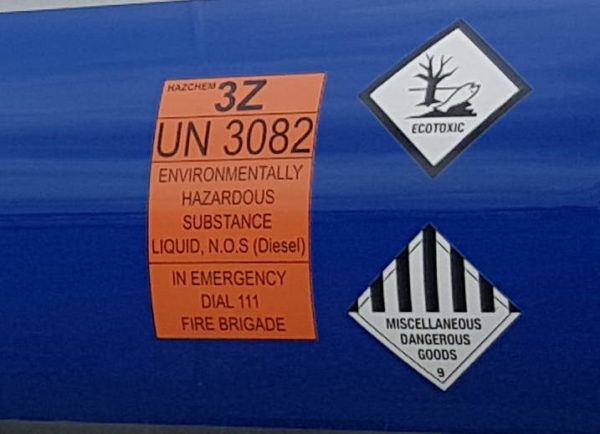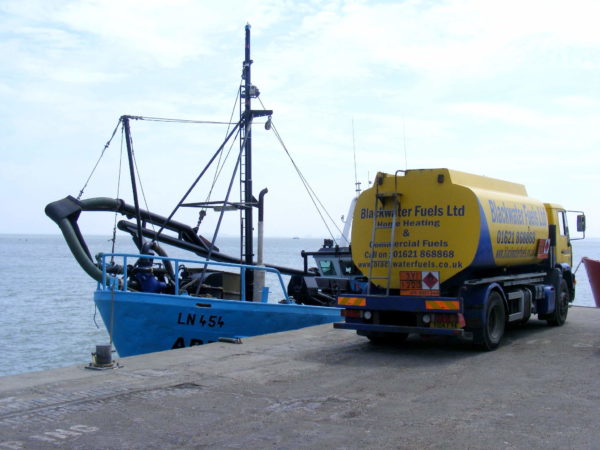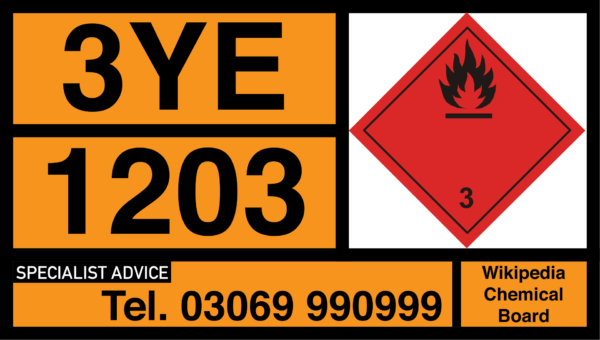Hazchem emergency information panels are used on the side and rear of fuel tankers in the UK, New Zealand, Australia, Malaysia and India. The orange panels contain codes that tell firefighters how to deal with the products on board and give contact details for emergencies to the first people at the scene.
Hazchem panels in white are used on all manner of other dangerous goods products, too, and give similar information.
The top left of the panel contains the Emergency Action Code (EAC). This is the important part for the fire brigade as the two or three digits explain what firefighting equipment and methods to use.
There are a couple of configurations for the panel



The meaning of the EAC (top left) is:
1 – use coarse spray
2 – use fine spray
3 – use foam
4 – use dry agent
P, R, W and X – use a liquid-tight chemical protective suit with breathing apparatus
S, T, Y and Z – use breathing apparatus and a fire kit
P, R, S and T – dilute into a drain with large quantities of water if no other option to contain the pollution is available
W, X, Y and Z – contain and prevent by any means available any spillage from entering drains or watercourses.
P, S W and Y can be violently or even explosively reactive.
E means it’s a public safety hazard; the public should stay indoors with all doors and windows closed.
Therefore, 3YE means use foam to suppress any fire. Wear breathing apparatus and a fire kit. E means it’s a public safety hazard.
3Z means use foam to suppress any fire, and prevent spillage into waterways.
The four-digit number is the UN number and describes the chemical name. For example 1203 is petrol. UN 3082 is a generic number for undefined environmentally hazardous liquid. A list of numbers can be found here.
If you come across an emergency where these substances have been spilled, you can read the digits off the Hazchem panel and that will let the fire brigade know exactly what to expect.
